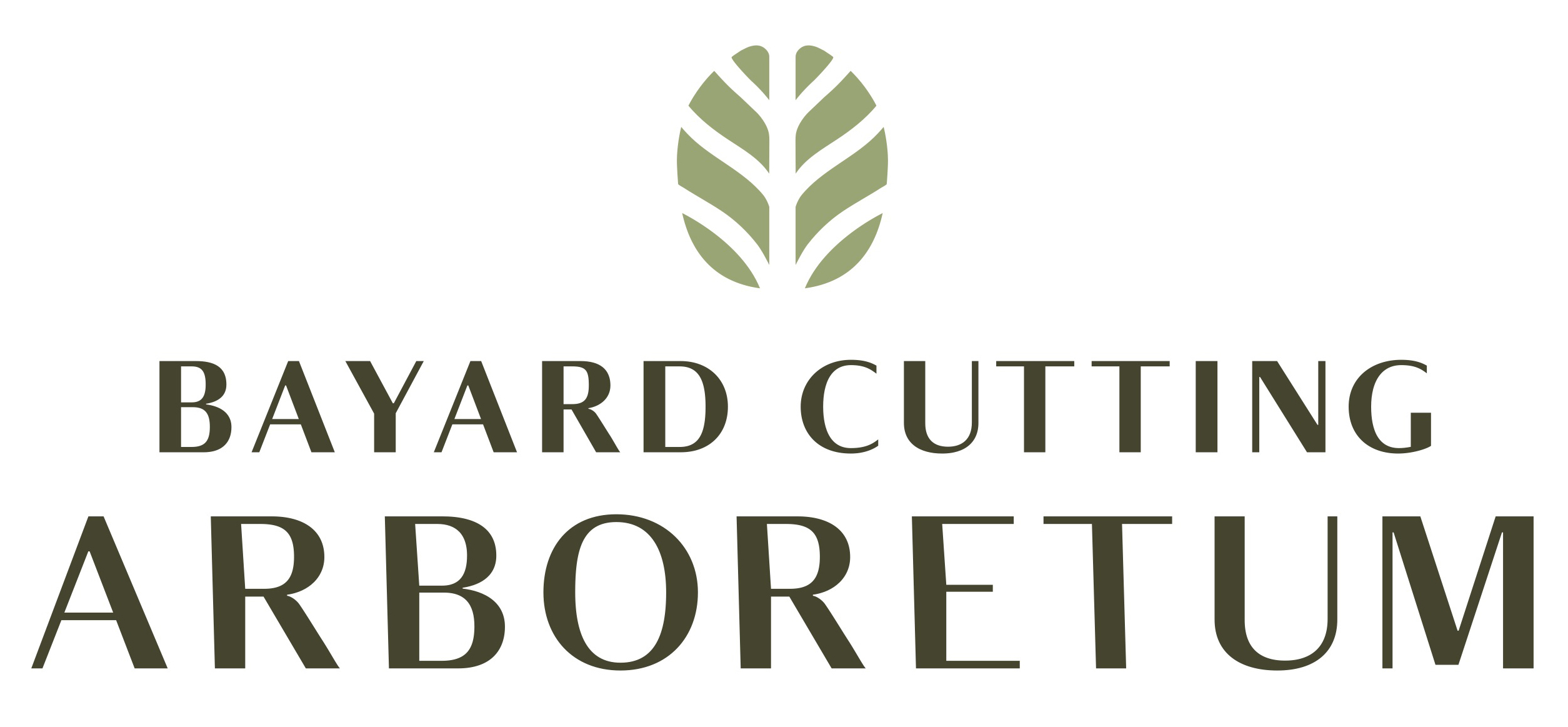 Rose Pellicano has always been inspired by nature both in her landscapes and botanical paintings. She focused on botanical painting in 1995. As a teacher of botanical painting for over 20 years, she has inspired many students to love this discipline. She has taught at many local gardens including the New York Botanical Garden, The Brooklyn Botanic Garden, Old Westbury Gardens as well as in private workshops. She is a member of the Brooklyn Botanic Garden’s Florilegium Society contributing a number of paintings to their collection. She is a member of the American Society of Botanical Artists and has been included in ASBA exhibitions at the Horticultural Society of New York, The United States Botanic Garden, Washington D.C., New York Botanic Garden, Weisman Art Museum, Minneapolis, The Smithsonian, The Royal Horticultural Society in London, Kew Gardens, UK and many others throughout the United States. In addition to solo exhibitions, her work has been included in many juried exhibitions. As a member of Art Botanica, she has contributed to many botanical collections, Native Flora of Long Island, East Meets West, Hyogo , Japan and Flora of the Bible, Bible Museum, Monroe , Louisiana which traveled to many Gardens and Museums in the United States.
Rose Pellicano has always been inspired by nature both in her landscapes and botanical paintings. She focused on botanical painting in 1995. As a teacher of botanical painting for over 20 years, she has inspired many students to love this discipline. She has taught at many local gardens including the New York Botanical Garden, The Brooklyn Botanic Garden, Old Westbury Gardens as well as in private workshops. She is a member of the Brooklyn Botanic Garden’s Florilegium Society contributing a number of paintings to their collection. She is a member of the American Society of Botanical Artists and has been included in ASBA exhibitions at the Horticultural Society of New York, The United States Botanic Garden, Washington D.C., New York Botanic Garden, Weisman Art Museum, Minneapolis, The Smithsonian, The Royal Horticultural Society in London, Kew Gardens, UK and many others throughout the United States. In addition to solo exhibitions, her work has been included in many juried exhibitions. As a member of Art Botanica, she has contributed to many botanical collections, Native Flora of Long Island, East Meets West, Hyogo , Japan and Flora of the Bible, Bible Museum, Monroe , Louisiana which traveled to many Gardens and Museums in the United States.
Her work is in the permanent collection of The Hunt Institute for Botanical Documentation. Commissioned work has been published in national magazines, in advertisements for the National Peanut Board, Rebranding Logos for FIG Advertising Agency and in publications Today’s Botanical Artists and Native Plants of the Mid Atlantic. She served on the Board of the American Society of Botanical Artists and teaches Botanical Painting at the Southampton Cultural Center in Southampton, New York.
Materials List for Botanical Painting
- Paper: Arches or Lanaquarelle 140lb. Hot Pressed watercolor paper one sheet cut to 11×14 sizes or 11×14 block
- Suggested Paints: Windsor Newton Artists Grade watercolors
- Yellows: Aureolin, Gamboge
- Reds: Quinacridone Red, Scarlet Lake, Alizarin Crimson,
- Blues: French Acquamarine Blue, Prussian Blue
- Earth Tones: Burnt Sienna
- Shadow Color: Neutral Tint
- Container for water
- Container or frog to hold flower
- Paint Palette to mix colors
The above list of colors are colors we may use in the course. If you have watercolors, please bring them to class.
- Brushes: I usually recommend Windsor Newton Series 7 Miniature Brushes Size 3. If you cannot get this in time for class bring a small watercolor brush to class and other brushes you may have.
- Kneaded Eraser
- Magnifying Lens
- Brush for mixing paint
- Large brush or draftsman mini duster to brush erasures
- Mechanical pencil lead size 0.5
- Paper towels
Materials can be ordered from Dick Blick 800-447-8192 or at DickBlick.com.
